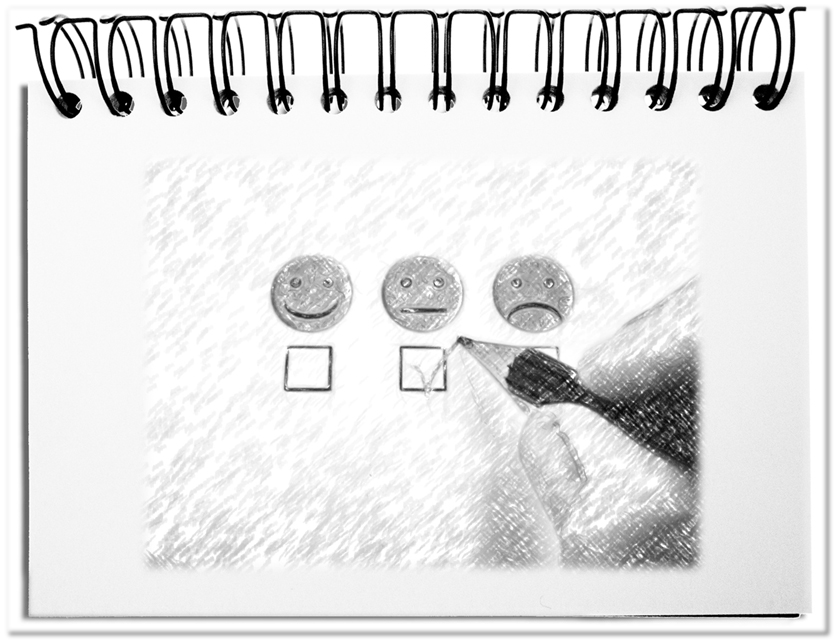I can’t resist showing an example of OpenAI’s ChatGPT current capabilities. The readers can decide for themselves how good or insufficient the options are at the moment. The program generated the following 408 italic words in English.
Artificial intelligence has come a long way in recent years, and one of the most exciting developments is the ability for machines to generate written content. This has the potential to revolutionize the way we create and consume information online, but it also raises questions about the role of human creativity and the quality of AI-generated content.
AI-generated blog posts are created by algorithms that use natural language processing to analyze and generate text based on a set of parameters or data inputs. These inputs can include anything from historical data on blog post performance to information about the intended audience and topic.
One of the most significant advantages of using AI to generate blog content is its ability to produce content quickly and efficiently. This can be especially useful for businesses or individuals who need to create a high volume of content on a regular basis. With AI-generated content, it’s possible to create blog posts in a matter of minutes, rather than hours or days.
Another benefit of using AI for blog content creation is the potential for increased accuracy and relevance. AI algorithms can analyze vast amounts of data to determine the most relevant and useful information for a particular audience or topic. This can help to ensure that blog posts are more informative and engaging for readers.
Nevertheless, there are also some drawbacks that might happen when using AI-generated content. One of the most significant concerns is the quality of the content produced. While AI algorithms can be highly accurate and efficient, they may lack the creativity and nuance that human writers bring to their work. This could result in content that is formulaic, repetitive, or unengaging.
Another concern is the potential for bias or inaccuracies in AI-generated content. Algorithms are only as good as the data they are trained on, and if that data is biased or incomplete, it could result in content that is also biased or inaccurate.
Despite these potential drawbacks, there is no denying the potential of AI-generated blog posts to revolutionize the way we create and consume online content. As technology continues to advance, we may see more and more businesses and individuals turning to AI for their content creation needs.
Ultimately, the key to successful AI-generated content is to find the right balance between efficiency, accuracy, and creativity. By leveraging the strengths of both humans and machines, we can create content that is informative, engaging, and relevant to our audiences.
Bottom line: Write your own text about artificial intelligence that writes about artificial intelligence, in order to compare your text with the generated one. For many, the generated text will be satisfying to describe the topic – it goes very fast, the content is OK, and the wording is acceptable. Be aware! The text above has not yet been revised. In any case, the generated text can serve as a quick start to a blog post. With the appropriate editing, such a text gets additional qualities and, above all, the missing personal touch. It is a good alternative for anyone, who lacks creative writers.
P.S.: Despite all the current hype, everyone should be aware that it’s not about stringing letters together, but about the dissemination of your messages. They have to match your intentions and to be read by the receiver. The new possibilities increase the already existing information overload. And if nobody reads the content, the best generation is senseless.


